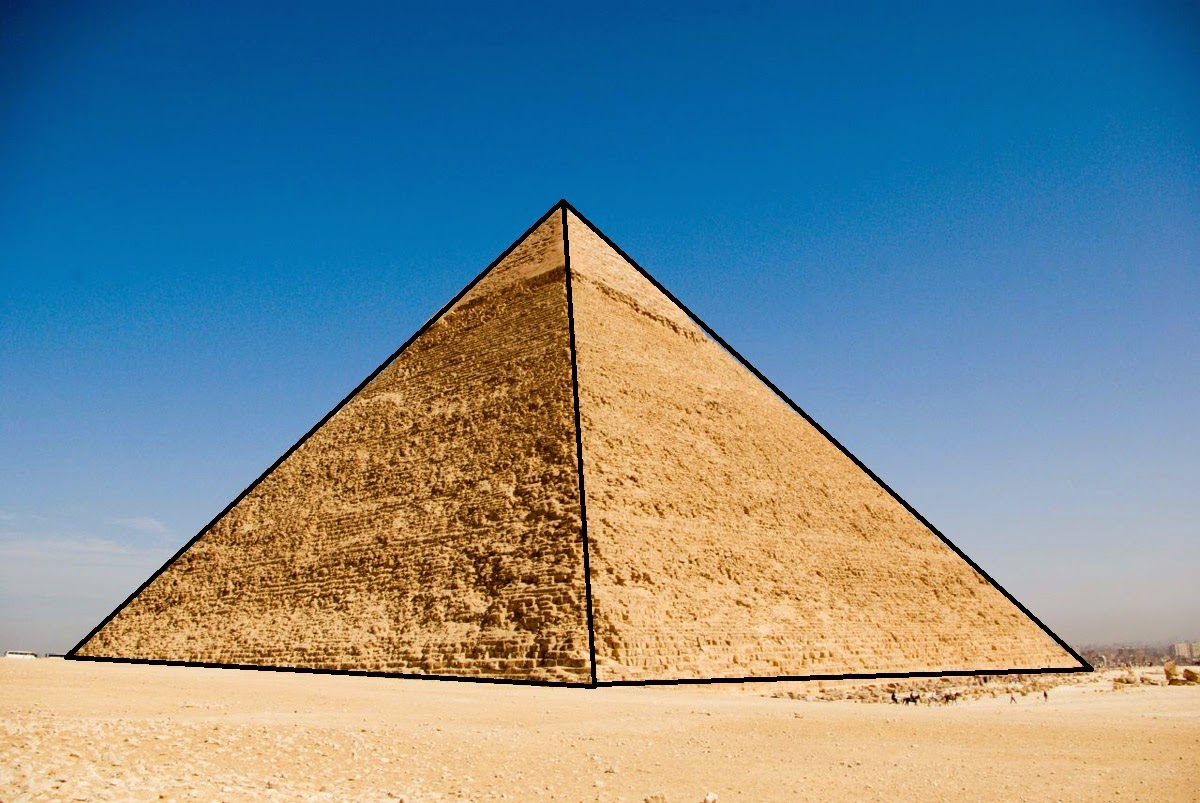An object occupying space is equally as important as its surroundings. Unity is created between opposites, existing or non-existent (vacant space) when the impact it causes to the viewer is a balanced.
In the image below, the building stands by itself in the middle of negative space.
Website Title: arslocii placeness as art
Article Title: Tag Archives: negative space
Date Accessed: January 30, 2015
Website Title: The Roman Guy
Article Title: Ephesus with The Roman Guy
Date Accessed: January 30, 2015
Defining Space with Vertical Linear Elements: Single Vertical Plane
A single vertical plane can serve to give a space a specific orientation. It can create division between spaces, but at the same time offer a connective path.
The example below shows a divided space. The sliding glass door divides and unites both spaces.
Website Title: : Chapter 3: Form & Space
Article Title: D3sign
Date Accessed: January 30, 2015
Qualities of Architectural Space: View
A view is simply what is visible from inside a space. A view allows for interaction between an interior and its surroundings.
In the example below, a large window provides a connection between the inside and a picturesque view of its natural surroundings.
Website Title: Sepalumic particuliers
Article Title: Large classical opening : Sliding window
Date Accessed: January 30, 2015
Openings in Space-Defining Elements: Within Planes
Openings within a space allow for a flow of continuity of space.
In the example below we can see that the opening provides a view of the adjacent space and reduces the degree of enclosure.
Website Title: Design Milk
Article Title: A Modern Japanese House With A Surprise Garden Inside - Desi[…]
Electronically Published: June 14, 2013
Date Accessed: January 30, 2015

























